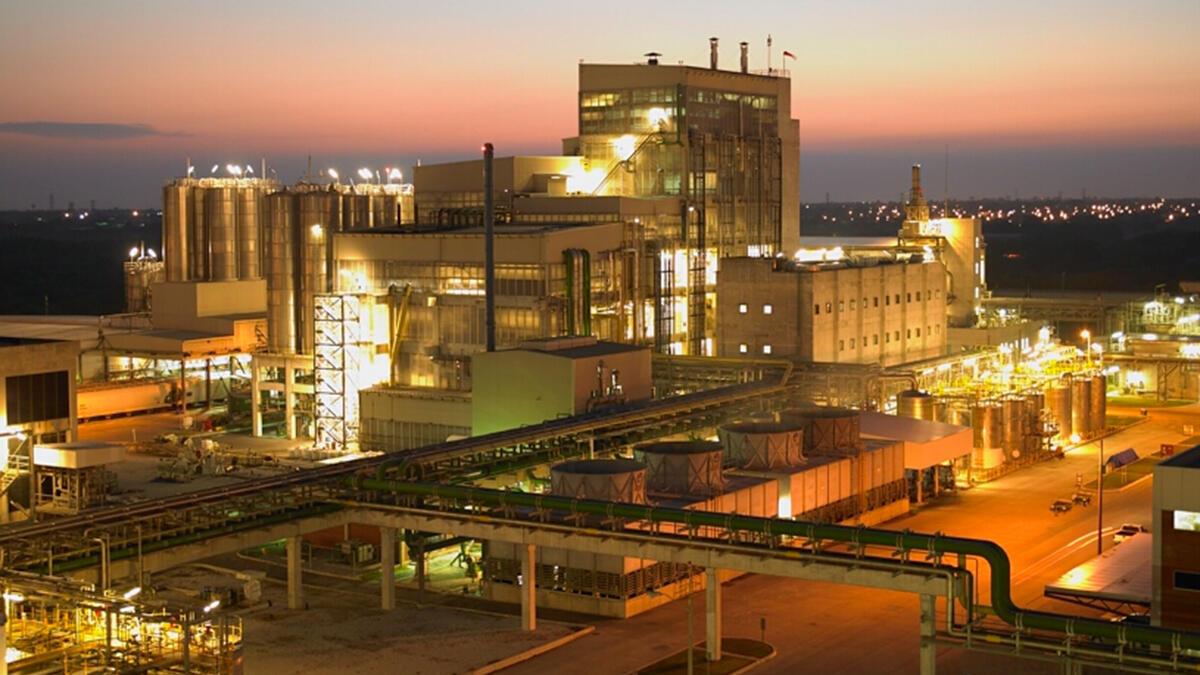Being environmentally friendly does not mean choosing paper products over plastic ones. Life cycle assessments help us understand the full impacts and costs of a product and choose the most sustainable option.
A recycling technology’s impact on the environment is typically measured in a lifecycle assessment (LCA) comparing the impact with that of the production of virgin material.
First calculations for depolymerisation of polystyrene
Our first such calculation in early 2020 for depolymerisation of polystyrene had encouraging results showing greenhouse gas (GHG) savings to be at 37% at lab scale. Further calculations revealed that upscaling and optimisation of by-products allow for GHG savings up to 50%.
Our first analysis was provided in collaboration with a commercial recycling partner and experts from the University of Manchester. Measurements were done in accordance with the ISO 14040 and ISA 14044 standards. The scope included polystyrene postconsumer waste collection and sorting, pre-treatment and extrusion/ depolymerisation/ distillation.
First LCA data for depolymerisation, dissolution and mechanical recycling
In June 2021, Styrenics Circular Solutions (SCS) published more detailed figures, again according to ISO 14040 and 14044 standards. It included a comprehensive LCA not only for depolymerisation, but also for mechanical recycling and dissolution of polystyrene. The project was conducted by Neue Materialien Bayreuth GmbH (NMB). In this assessment, the environmental impact of polystyrene was compared to the environmental impact of virgin material (product perspective) and also to the environmental impact of incineration (waste perspective).
The key finding is that recycled polystyrene continues to be the right choice for food packaging, as it offers the same material properties, closed-loop recycling, food-contact compliance, and reduced GHG emissions when compared to virgin polystyrene.
Environmental impact of recycled polystyrene (source: SCS)
Environmental impact compared to virgin material |
Environmental impact compared to incineration |
Environmental impact compared to virgin material and incineration – total savings – |
|
| Mechanical recycling |
-60% |
-60% |
-80% |
| Dissolution |
-45% |
-45% |
-75% |
| Depolymerisation |
-35% |
-50% |
-75% |
All three technologies confirmed significant CO2 savings for recycled food-quality polystyrene, with mechanical recycling displaying the largest greenhouse gas (GHG) savings among the three technologies investigated. A further significant upside potential is predicted when production moved to full industrial scale.

